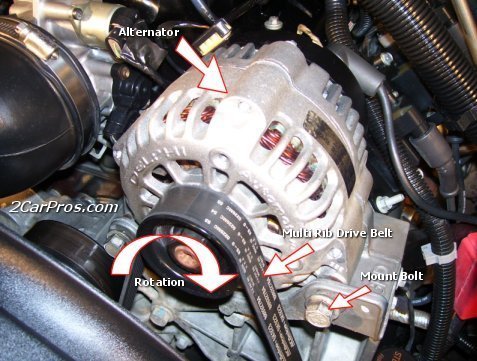- Okay, I think I am getting closer to figuring it out.
- With the battery at 100% (battery voltage 13.05v) I started the engine.
- The battery voltage dropped to 12.65v with the engine running (The alternator was not charging.)
- I then jumped from the Stator terminal on the alternator to the positive post on the battery.
- As soon as the connection was made the alternator started charging at fourteen volts.
- After removing the jumper wire the alternator maintained a charge at fourteen volts
- Now I need to figure out how to excite the Stator terminal on the Alternator.
- I would assume the voltage regulator should take care of exciting the Stator terminal?
- All that said I thought that the voltage regulator applied twelve volts to the field wire going to the alternator and that is what tells the alternator to come on line?
- Thought the Stator. Was merely for sending the signal to the voltage regulator to initiate twelve volts to the field terminal on the alternator, thus bringing the alternator online and charging the battery?
Sunday, September 25th, 2016 AT 11:51 AM







